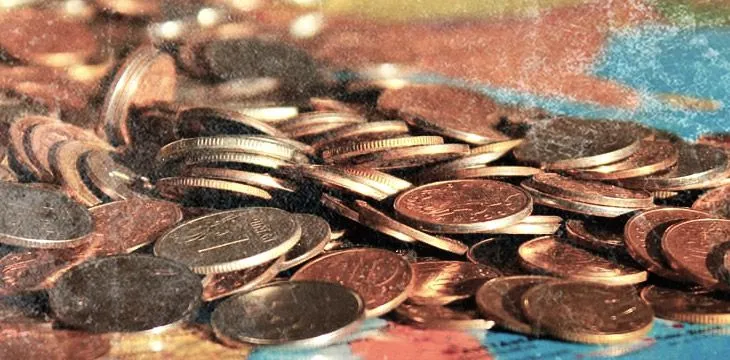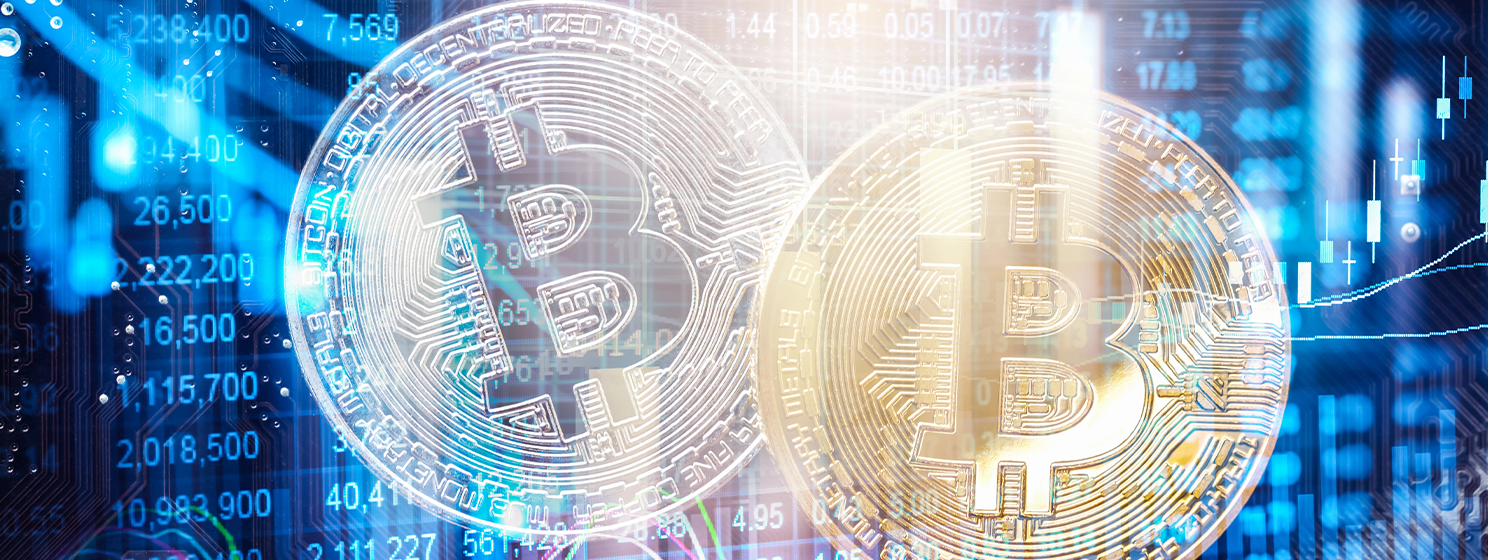|
Getting your Trinity Audio player ready...
|
Since time began, humans have exchanged value to improve our lives. In the beginning, simple bartering laid the foundations for today’s advanced global economy. Farming and rearing livestock allowed individuals to specialize in specific deployments of labor, while still reaping the rewards of the work of others.
By 1100 B.C., people in China have already started using small replicas of goods from bronze, which eventually developed into rounded “coins.” But it wasn’t until 600 B.C. that the first “official” currency as a token of value was invented, with the accolade going to the time of King Alyattes in Lydia, in modern-day Turkey. The oldest coin ever discovered bears the image of a roaring lion, setting in train the progress of the innovation in money that has led to economic development and the betterment of global societies.
The Romans adopted the metallic money around 500 B.C., when the first Roman coins were produced in Italy. It continued to be minted for another eight centuries across the Roman Empire, until the coins were debased to fund their militarism and public works programs, and ultimately sped up their decline.
By 1250 A.D., a currency called the Florin from Florence was being widely accepted across Europe, almost equivalent to a modern-day Euro connecting economies across the continent.
Later in the century, the adventures of Marco Polo brought back the idea of paper money from China, and using notes to represent coin values. However, the first bank notes didn’t appear until as late as 1661, and took some time to become widely used as a proxy for coins.
Funding by telegram was in use in the late 1800s, a sort of precursor to modern wire services and e-money. But it was only in 1946 when this went a step further with credit cards, and the ability to spend on finance terms.
Now, at the dawn of the era of cryptocurrency, money is taking on a new form yet again as more investors, businesses and consumers turn to blockchain payments and technology.
Money as we know it comes from a long process—people first traded merchandise with merchandise, without value equivalence until it became apparent that some commodities were more sought after for their utility. But commodities became inconvenient for commercial trades due to their changes in value, and then man discovered metal, which eventually became the main standard of value. Then paper and notes came—and with innovation in money continuing to develop at a rapid pace, this story remains a work in progress. As cryptocurrency and other technologies continue to change the way value is exchanged, stored and consumed, money will continue to change for the better, delivering more flexible and lower cost transactions.

 09-10-2025
09-10-2025 





